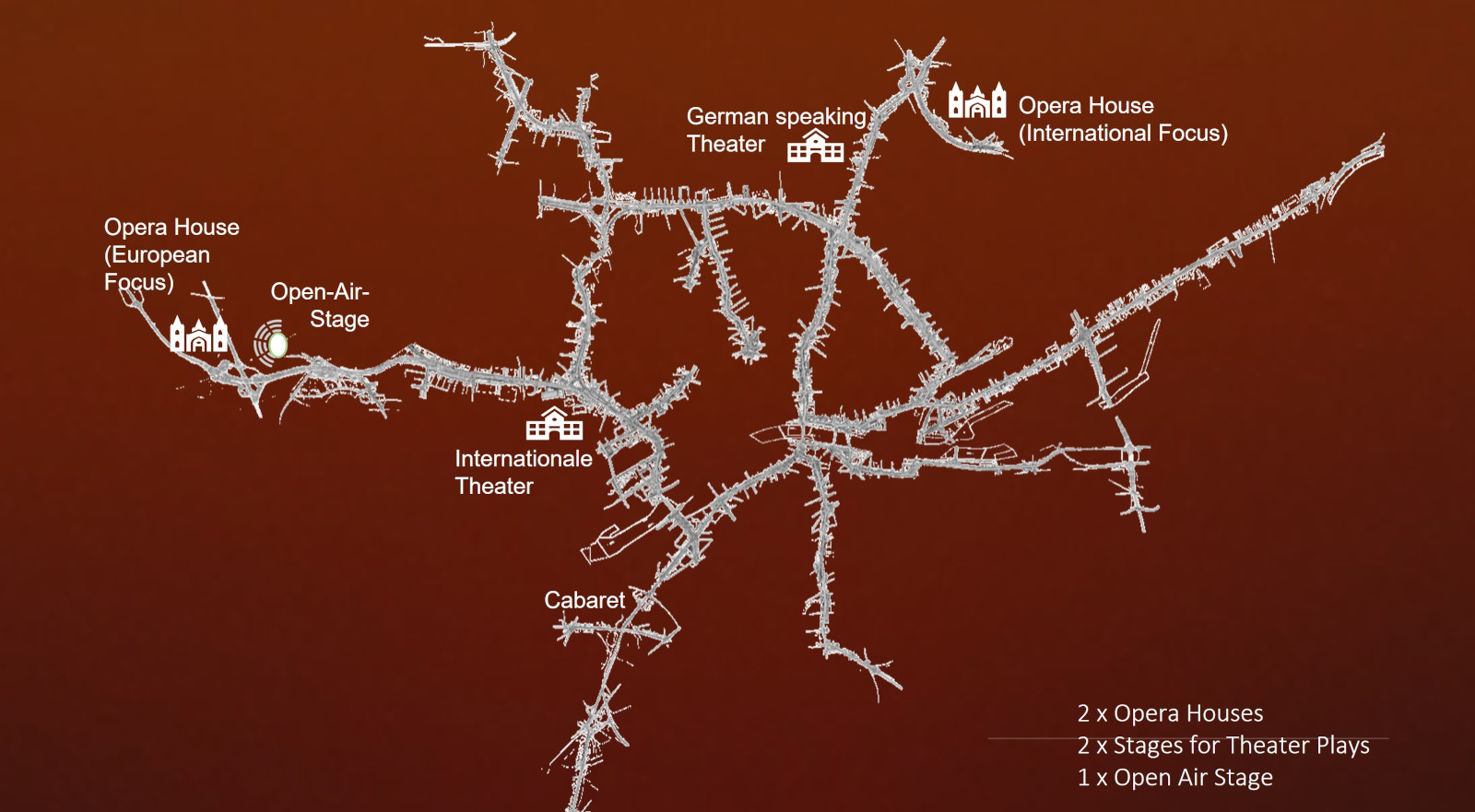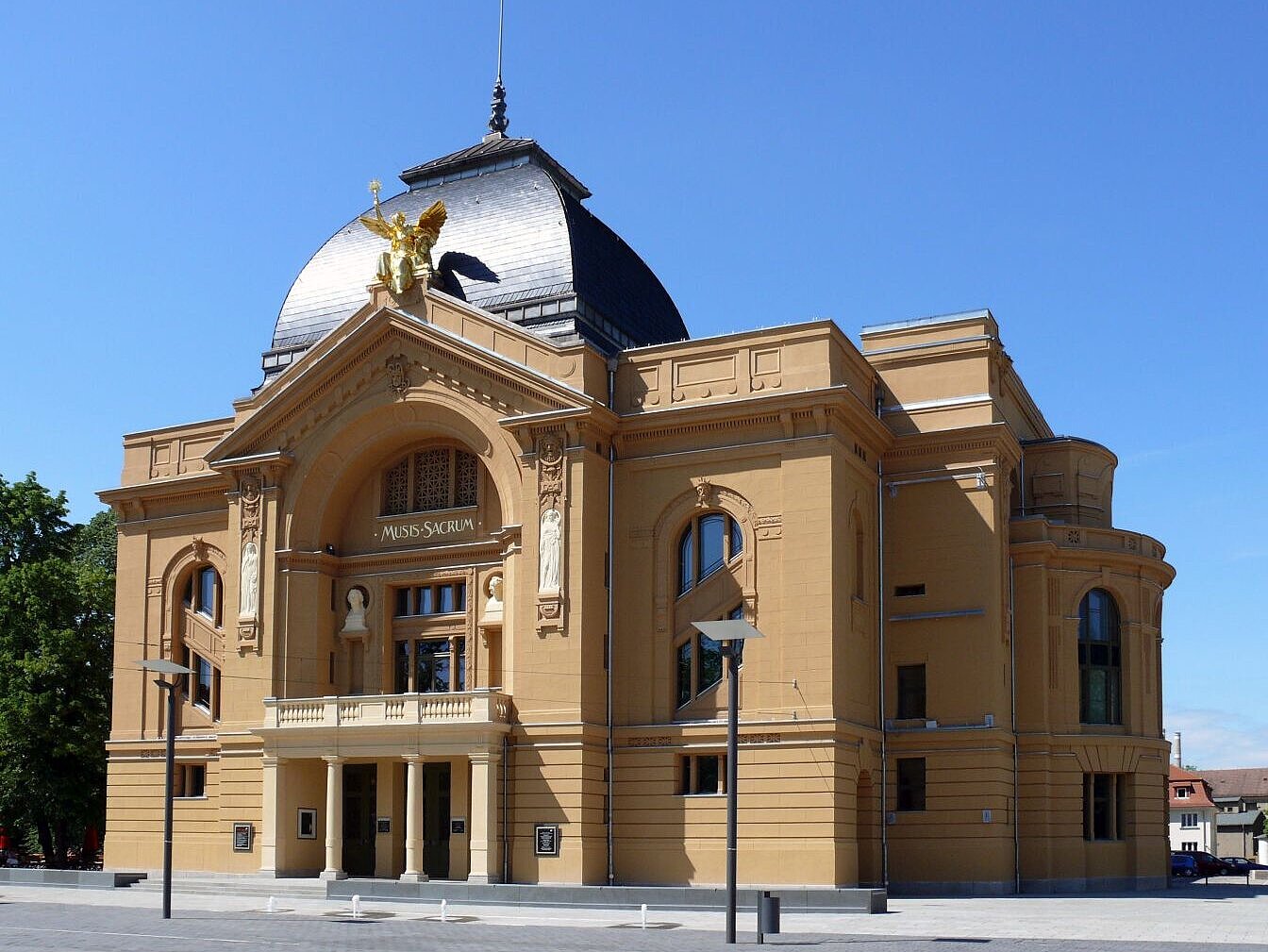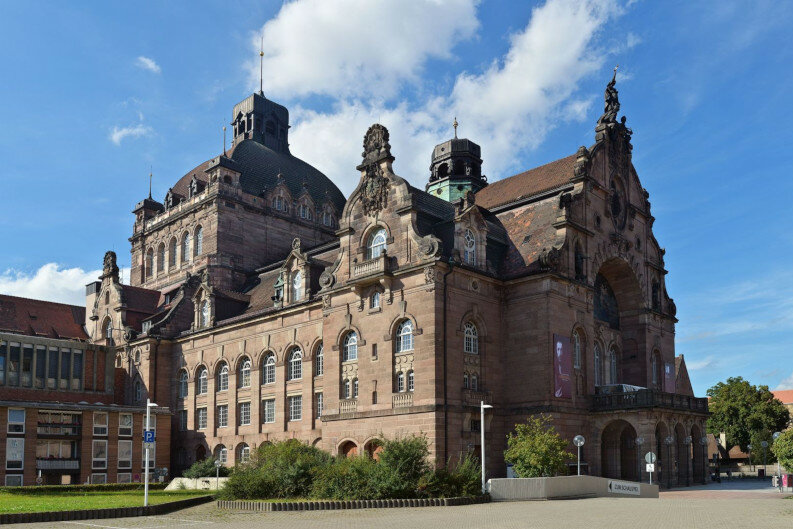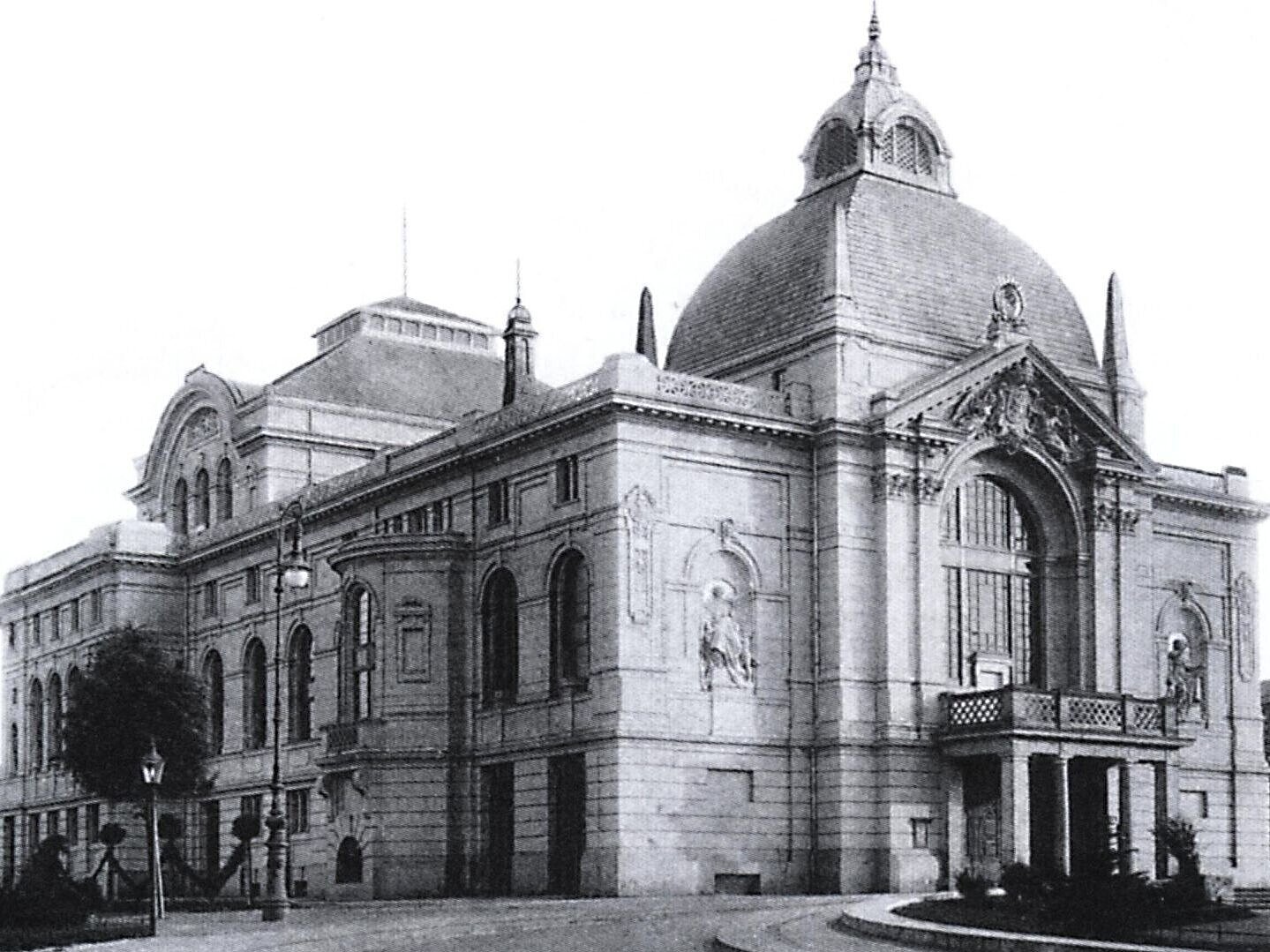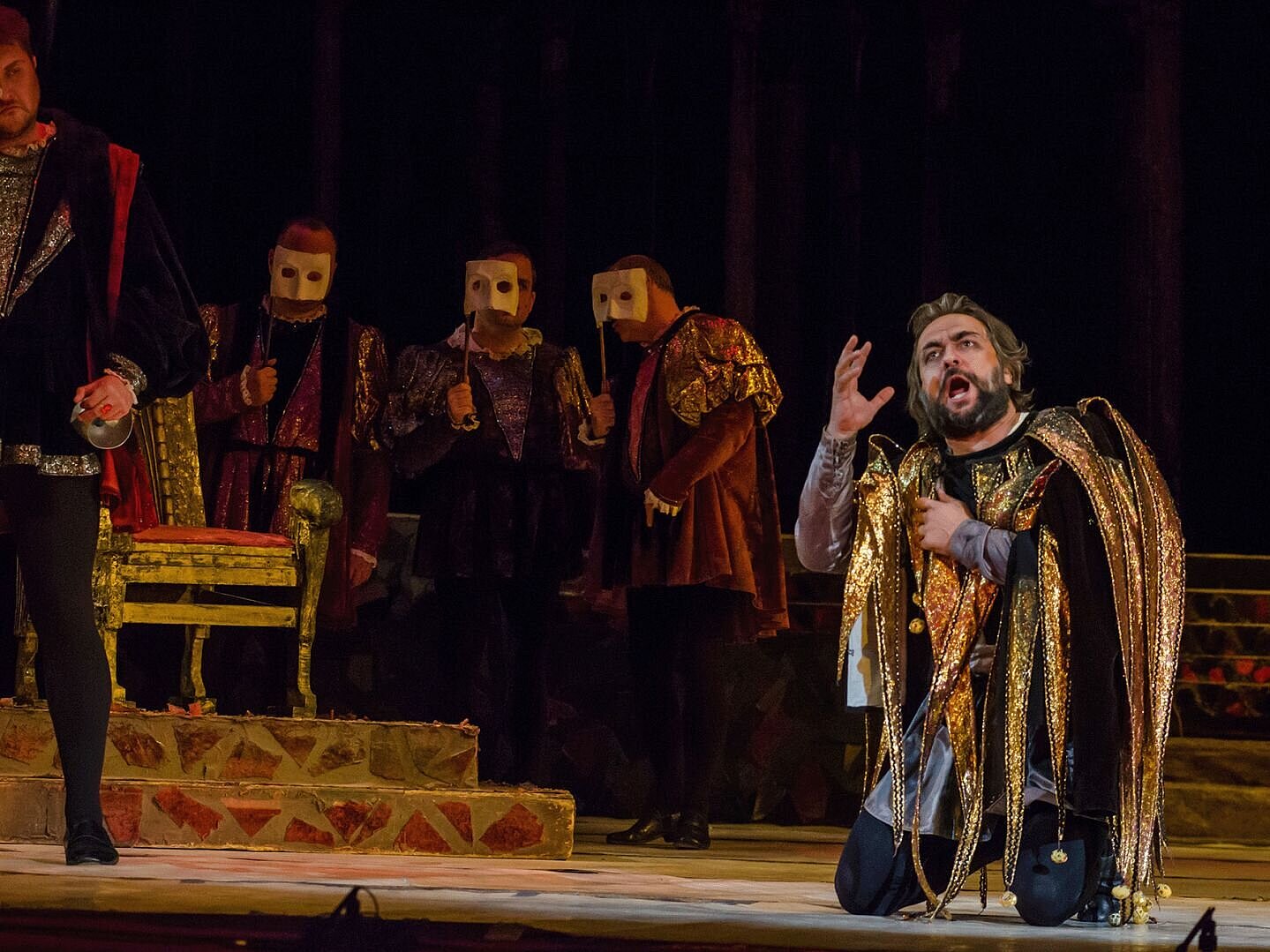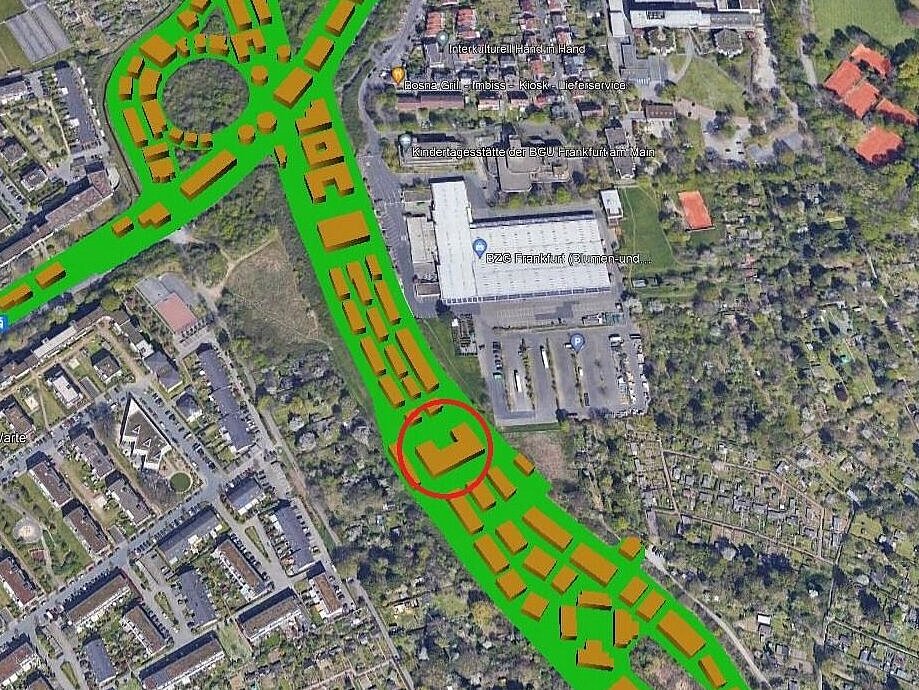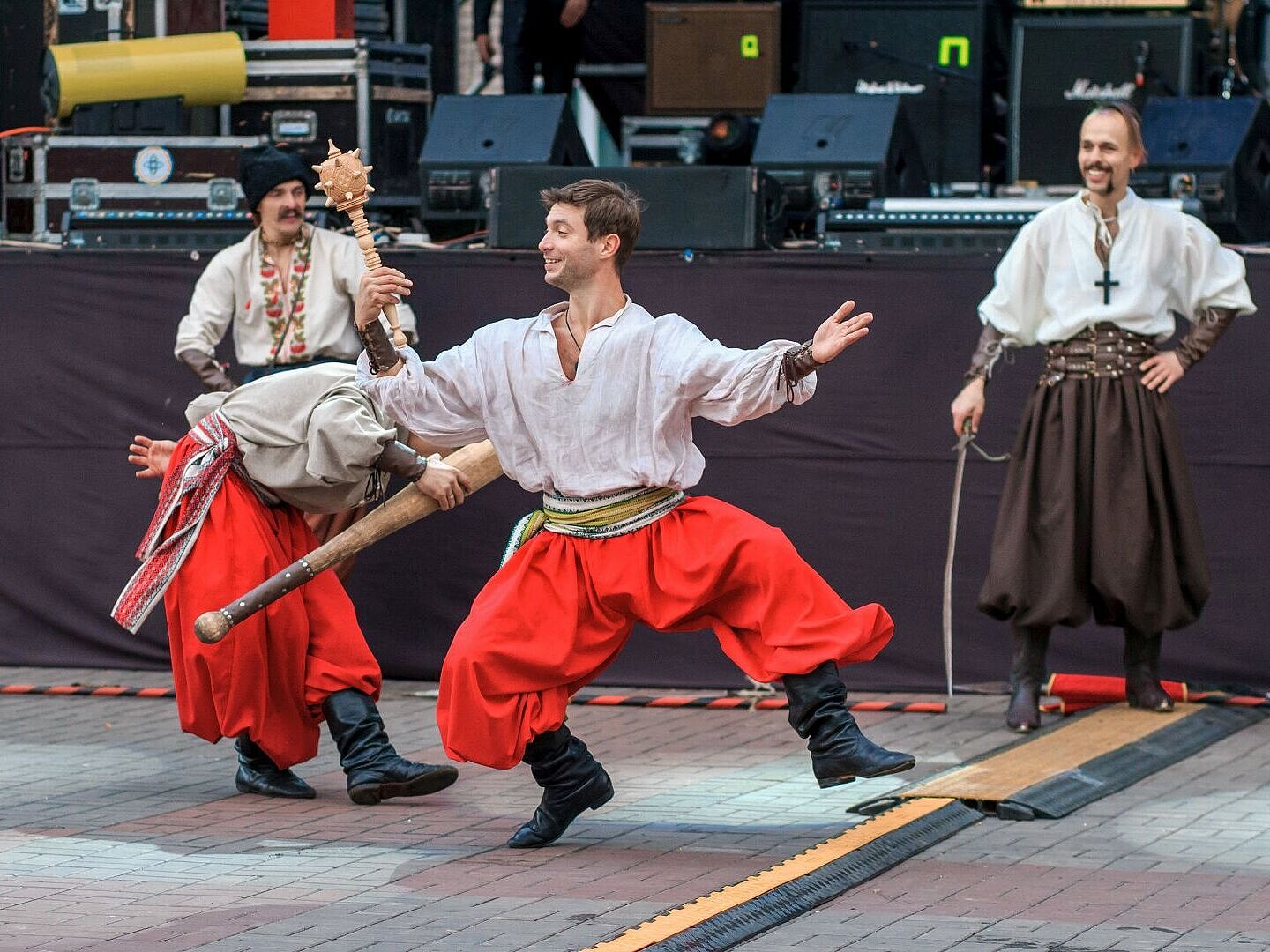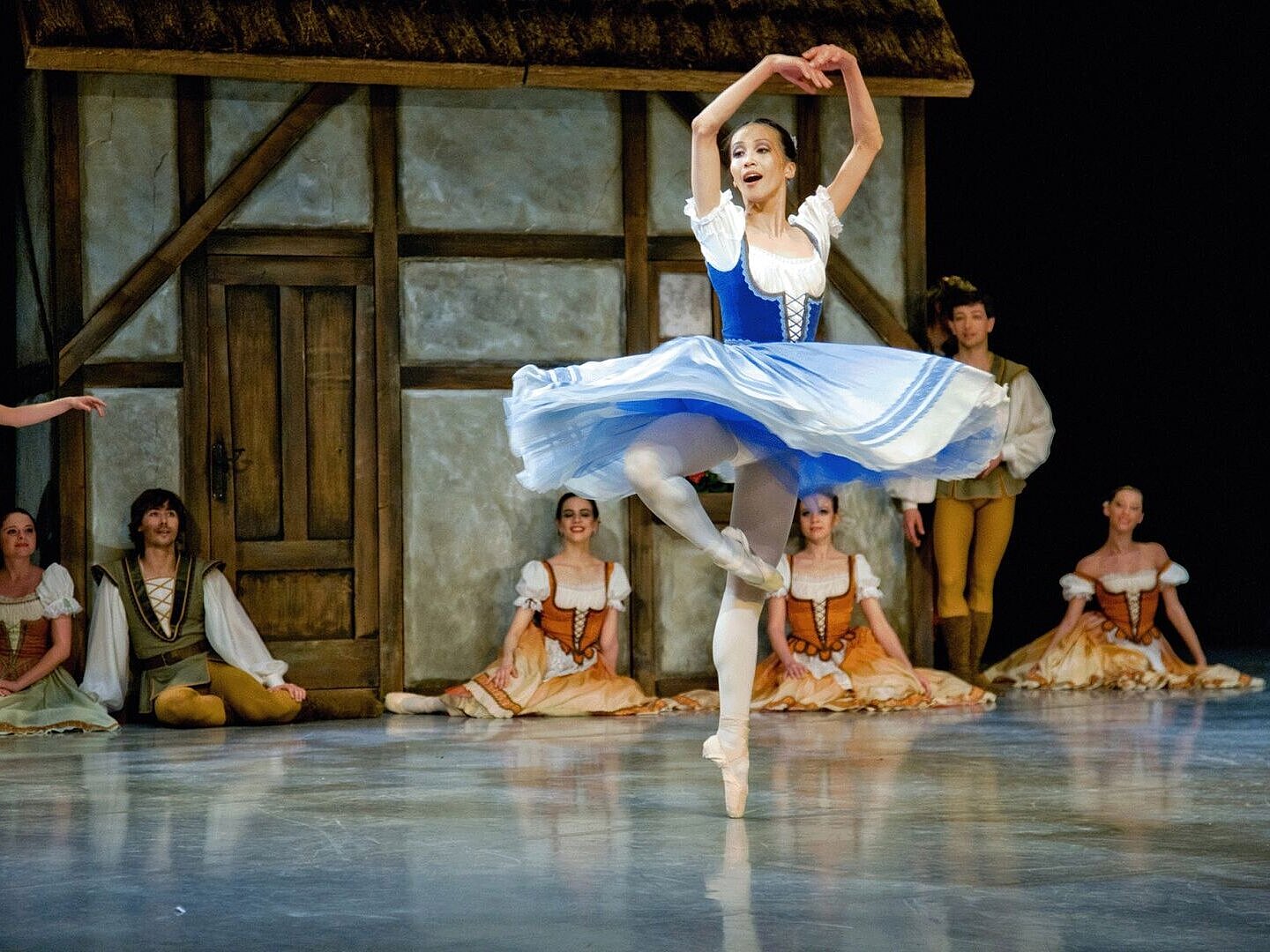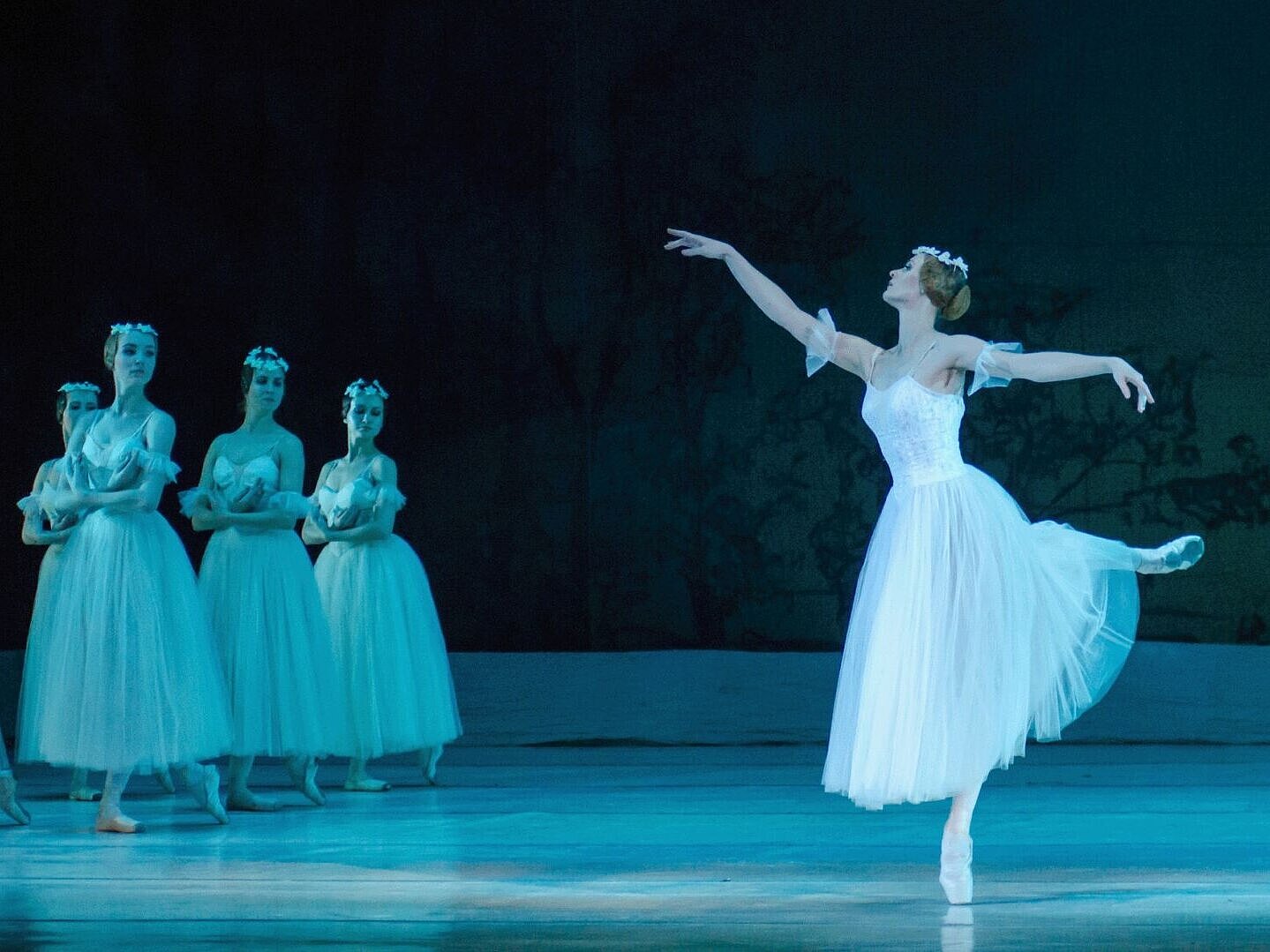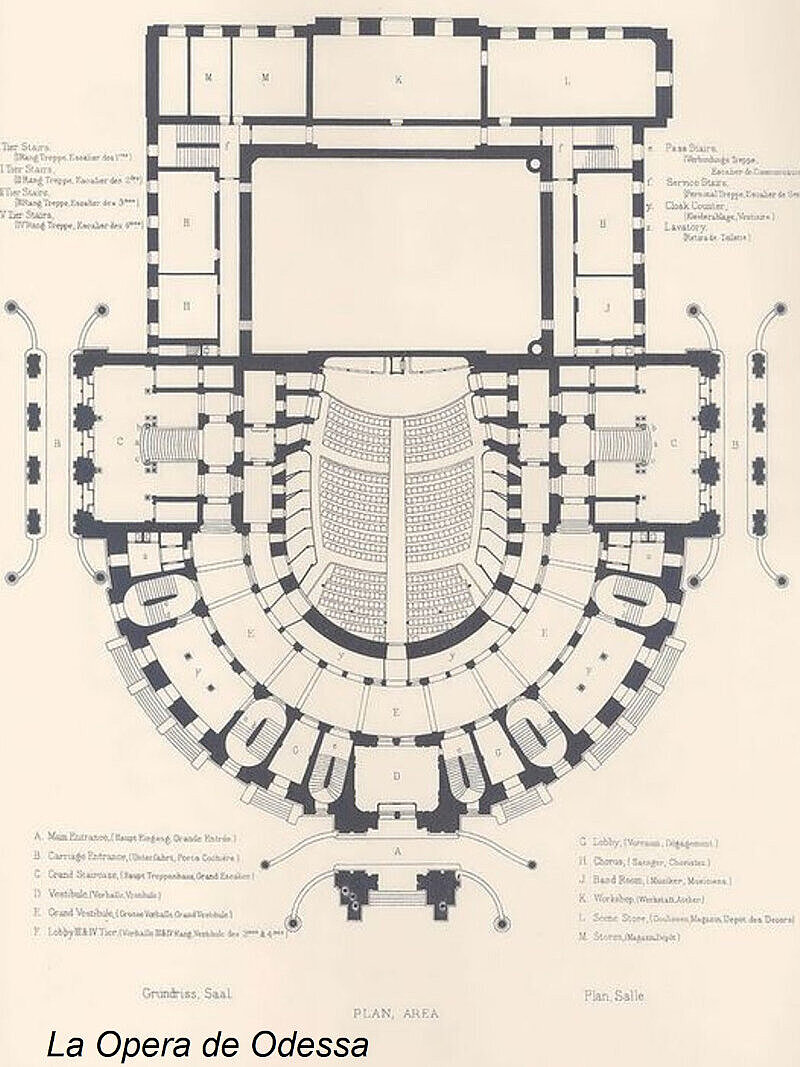On the Frankfurt Bridges there are two opera houses, two theatres and one open-air stage
While one opera house on the Frankfurt Bridges focuses on traditional European operas and operettas, the other opera house is used for musical guest performances from all over the world.
The focus of the theatres is also divided: One theatre presents exclusively German-language plays, while the other offers plays from all over the world in their respective mother tongues. The international guest ensembles for this will be accommodated in specially designed accommodations on the Frankfurt Bridges.
For the open-air theatre at Frankfurt's Westrkreuz, the focus is on European classical dramas, from Aeschylus to Shakespeare and Schiller.
What all the performances have in common is that they stick as closely as possible to the original in their staging and that no deliberate alienation effects or interpretative aspects are added by the artistic directors.

